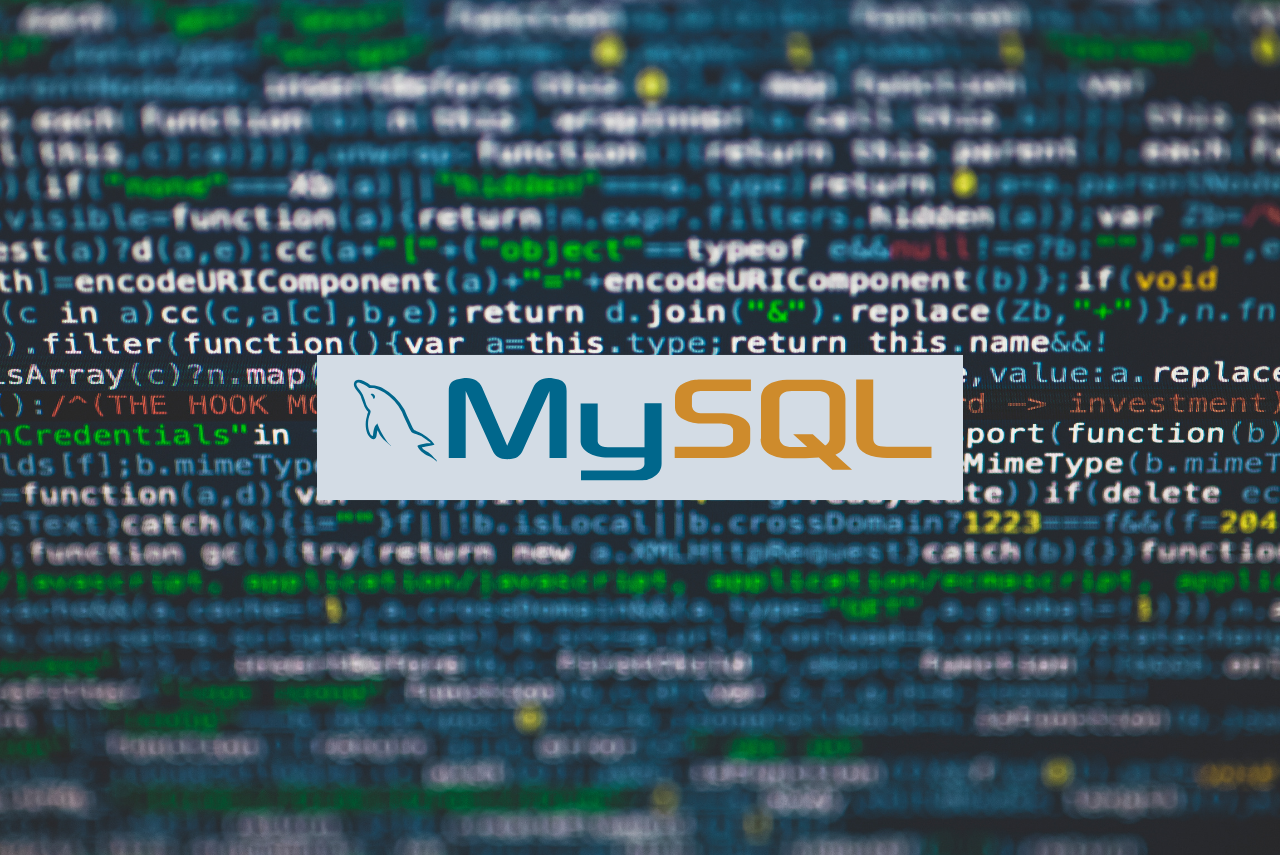
Mysql
assurance
Course Overview
MySQL is an open-source relational database management system (RDBMS) that allows you to store, manage, and retrieve data efficiently. Known for its reliability, scalability, and ease of use, MySQL is widely used in web development, data analysis, and application development.
MySQL is a cornerstone of modern data-driven applications, and mastering it is a valuable skill for anyone in technology. Whether you’re a beginner looking to enter the field or a developer aiming to enhance your database knowledge, this course will equip you with the tools and techniques to succeed.
What You’ll Learn in MySQL?
- Database Concepts: Understand fundamental database concepts like tables, rows, columns, relationships, and primary/foreign keys.
- SQL Syntax: Learn the basic syntax and commands for interacting with MySQL databases.
- Installation and Setup: Install and set up MySQL on your local machine or server.
- Data Retrieval: Write SELECT queries to fetch data. Use filtering with WHERE clauses. Sort results with ORDER BY.
- Data Manipulation: Insert new records using INSERT. Update existing records with UPDATE. Delete unnecessary records using DELETE.
- Aggregations and Functions: Use aggregate functions like COUNT, SUM, AVG, MAX, and MIN. Group data with GROUP BY. Filter grouped data with HAVING.
- Joins: Perform INNER, LEFT, RIGHT, and FULL joins to connect related tables.
- Subqueries: Write subqueries to perform nested operations.
- Unions and Intersections: Combine results from multiple queries using UNION and INTERSECT.
- Indexes: Learn how indexes improve query performance.
- Schema Design: Create and manage database schemas and normalize data to reduce redundancy.
- Constraints: Define primary keys, foreign keys, unique constraints, and default values.
- Relationships: Design relationships between tables (one-to-one, one-to-many, and many-to-many).
- Create and manage user accounts.
- Set permissions and roles to ensure database security.
- Use encryption and secure connections.
- Stored Procedures and Functions: Create reusable SQL code blocks for repetitive tasks.
- Triggers: Automate actions using triggers that activate on data changes.
- Views: Create virtual tables using views for simplified querying.
- Transactions: Implement transactions to ensure data integrity with COMMIT and ROLLBACK.
- Replication: Set up master-slave replication for redundancy and scalability.
- Optimize queries for better performance.
- Analyze query execution plans.
- Use caching mechanisms.
Basics of MySQL
Querying and Data Manipulation
Advanced Querying
Database Design and Management
User Management and Security
Advanced MySQL Features
Performance Optimization
What You’ll Be Able to Do After Learning MySQL?
Database Design and Management
- Design, create, and manage relational databases for small to large-scale applications.
Build and Maintain Applications
- Use MySQL as the backend database for web and desktop applications.
- Integrate MySQL with programming languages like Python, Java, PHP, or Node.js.
Data Analysis and Reporting
- Extract, analyze, and summarize data for decision-making.
- Generate dynamic reports using MySQL queries.
Web Development
- Work with popular content management systems (CMS) like WordPress or Joomla that rely on MySQL.
- Build custom dynamic web applications by connecting MySQL with server-side scripts.
Automation and Optimization
- Automate repetitive tasks using stored procedures and triggers.
- Optimize database performance for handling large datasets.
Handle Complex Data
- Manage relationships and dependencies between multiple datasets.
- Perform complex queries, including joins, subqueries, and aggregations.
Collaborate in Teams
- Work on enterprise-level projects requiring collaboration with other developers, database administrators, and analysts.
Administer Database Systems
- Manage large-scale database systems, ensuring security, reliability, and high availability.
Course Duration
6 months
Mode of Course
- Online
- In Person
Course Content
- Introduction
-
MySQL SQL
-
MySQL SQL
-
MySQL SELECT
-
MySQL WHERE
-
MySQL AND, OR and NOT
-
MySQL ORDER BY
-
MySQL INSERT INTO
-
MySQL NULL Values
-
MySQL UPDATE
-
MySQL DELETE
-
MySQL LIMIT
-
MySQL MIN() and MAX()
-
MySQL COUNT, AVG and SUM
-
MySQL LIKE
-
MySQL Wildcards
-
MySQL IN
-
MySQL BETWEEN
-
MySQL Aliases
-
MySQL Joins
-
MySQL INNER JOIN
-
MySQL LEFT JOIN
-
MySQL RIGHT JOIN
-
MySQL CROSS JOIN
-
MySQL Self Join
-
MySQL UNION
-
MySQL GROUP BY
-
MySQL HAVING
-
MySQL EXISTS
-
MySQL ANY and ALL
-
MySQL INSERT INTO SELECT
-
MySQL CASE
-
MySQL NULL Functions
-
MySQL Comments
-
MySQL Operators
-
- MySQL Database
- MySQL References

